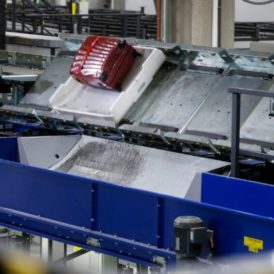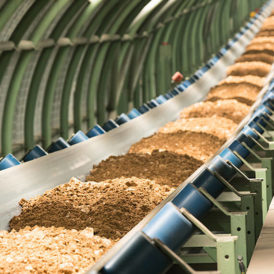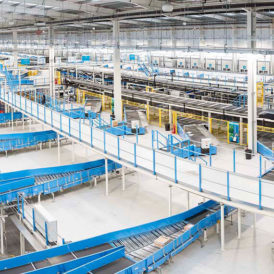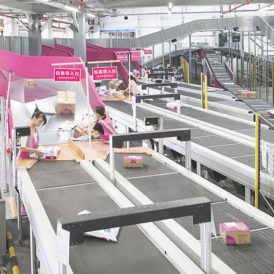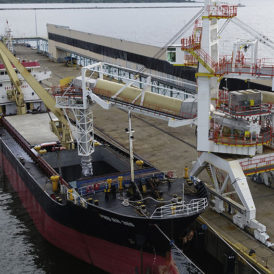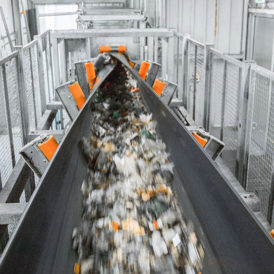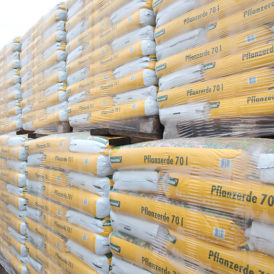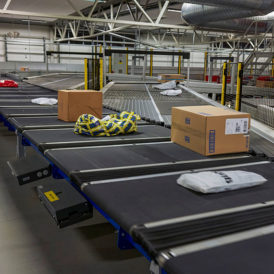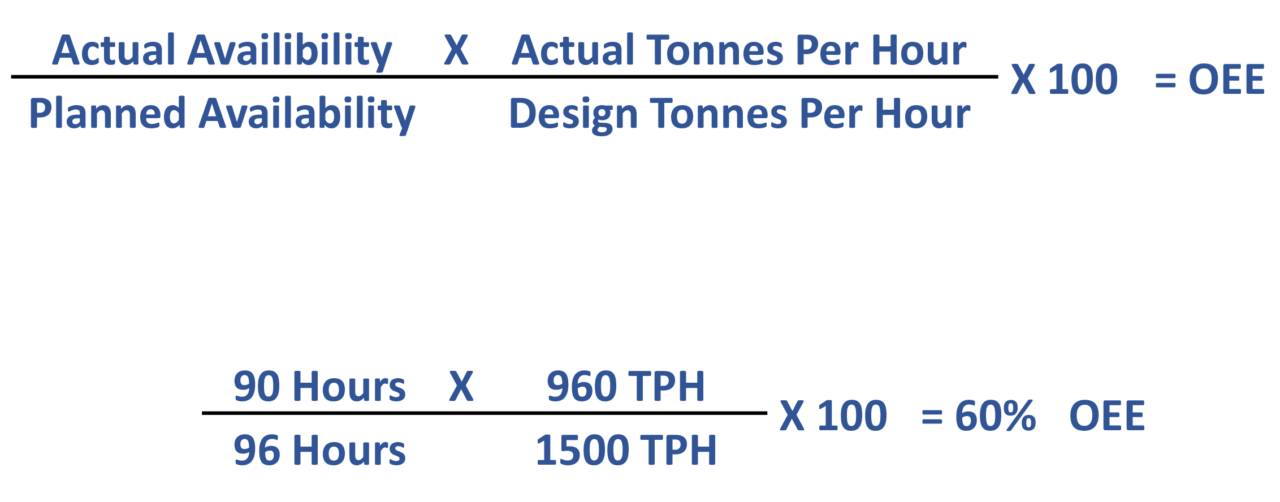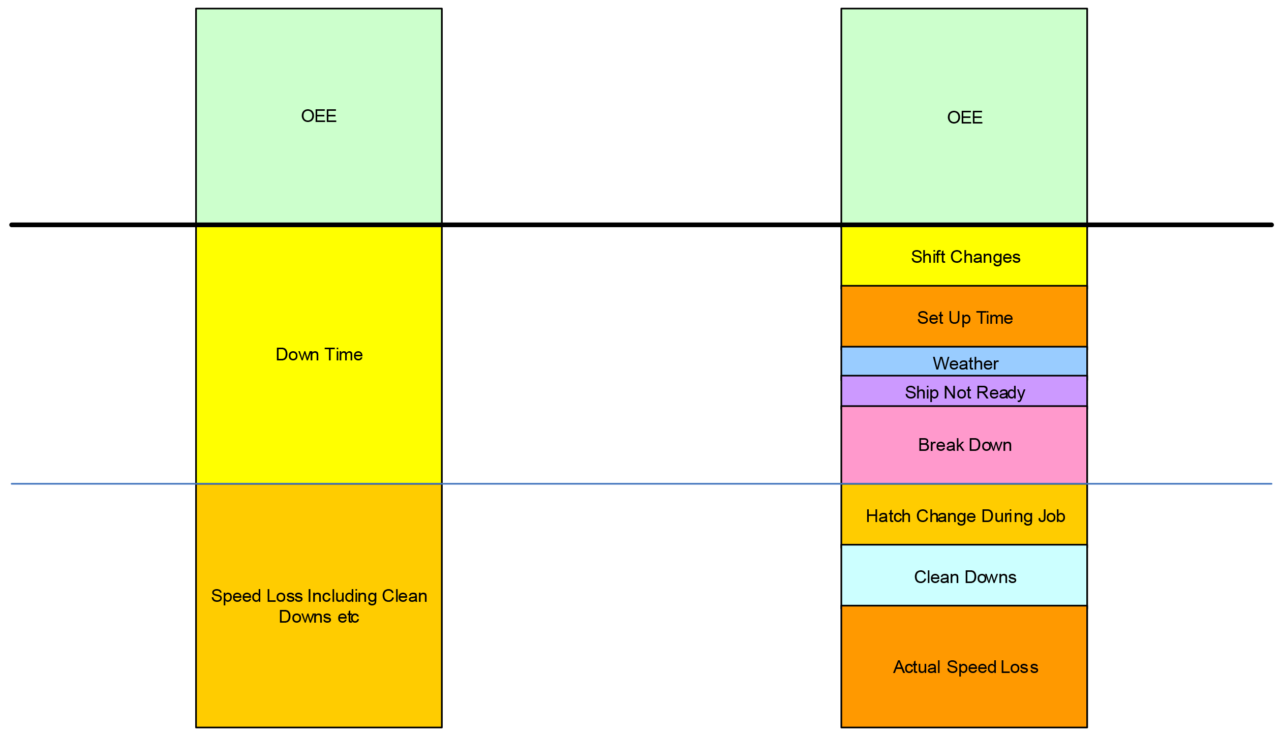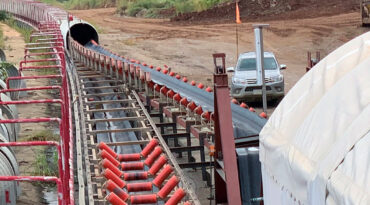Availability
Availability is a measure of the actual production time of a bulk terminal as a percentage of the planned production time. This factor takes into account anything that makes the facility unavailable for production, including unplanned stops due to equipment failure or material shortages as well as planned stops for changeover. Some bulk terminals also include planned maintenance activities in their availability loss because these stops still make the facility unavailable for production.
Availability = Actual Production Time / Planned Production Time
Performance
Performance is a measure of the current run rate of a bulk terminal as a percentage of the ideal run rate. This factor takes into account anything that affects the ability of the terminal to maximise run rate, including equipment wear, substandard materials, misfeeds and jams.
Performance = Current Run Rate / Ideal Run Rate
Quality
Running an operation too close to the limits may result in quality problems with the product. This is unlikely in bulk terminal operations and the quality factor is most often excluded from bulk terminal calculations of OEE.
A live OEE dashboard for a typical bulk terminal is shown below.
